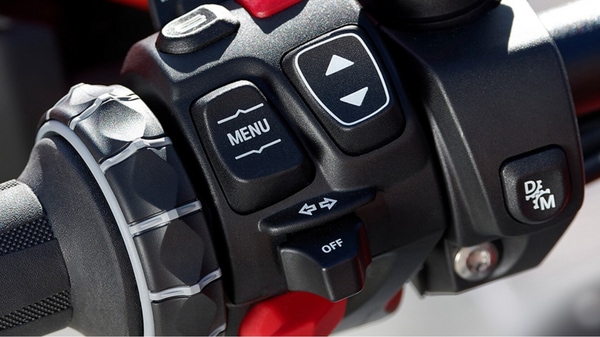
BMW Motorrad introduces Automated Shift Assist system. Here’s how it works
12 days ago | 20 Views
In the ever-evolving landscape of motorcycle technology, the integration of automatic gearboxes is increasingly becoming a focal point for manufacturers. BMW Motorrad has recently unveiled its take on this innovation with the introduction of the Automated Shift Assist (ASA) system. This system is designed to complement BMW's traditional manual gearbox.
The ASA utilises an automated clutch and gear-shifting mechanism. Unlike conventional automatic transmissions that may sacrifice the tactile feedback of manual gear changes, BMW's ASA system aims to retain the essence of manual riding while enhancing convenience and ease of use.
At the heart of the ASA system are two electromechanical actuators responsible for automating clutch and gear changes within the six-speed transmission. By eliminating the need for a clutch lever, riders are afforded a more intuitive interface, akin to the simplicity of twist-and-go operation, the company explained. Whether cruising through city streets or carving through winding mountain roads, the ASA system seamlessly adapts to varying riding conditions, enhancing both comfort and performance.
One of the key highlights of the ASA system is its ability to offer two distinct modes of operation: 'M' for manual shifting and 'D' for automatic gear changes controlled by the bike's sophisticated electronics. This allows riders to tailor their riding experience according to personal preference and riding conditions.
Furthermore, the integration of adaptive cruise control and forward collision warning systems further aims to enhance the utility of the ASA system, allowing for effortless gear changes without rider intervention. This not only reduces rider fatigue during long-distance journeys but also enhances safety by promoting enhanced concentration on the road ahead.
In terms of mechanics, the ASA system features an electromechanical actuator for clutch operation, ensuring engagement and disengagement tailored to the demands of the riding environment. Similarly, the transmission is controlled by another electromechanical actuator, which works in tandem with the engine control unit to deliver gear changes in response to rider input. While BMW has yet to specify which models will receive the ASA system, it is expected that the flagship BMW Motorrad model such as the BMW R 1300 GS will get the system first.
Read Also: are autonomous vehicles really smart? check how a simple trick can fool them

















